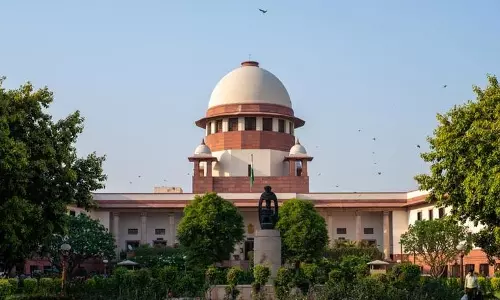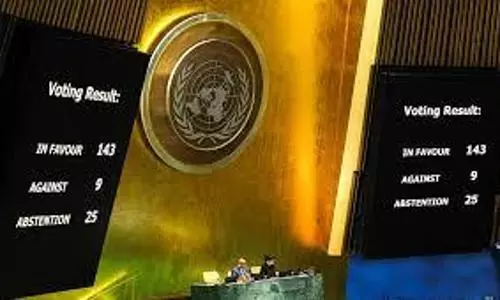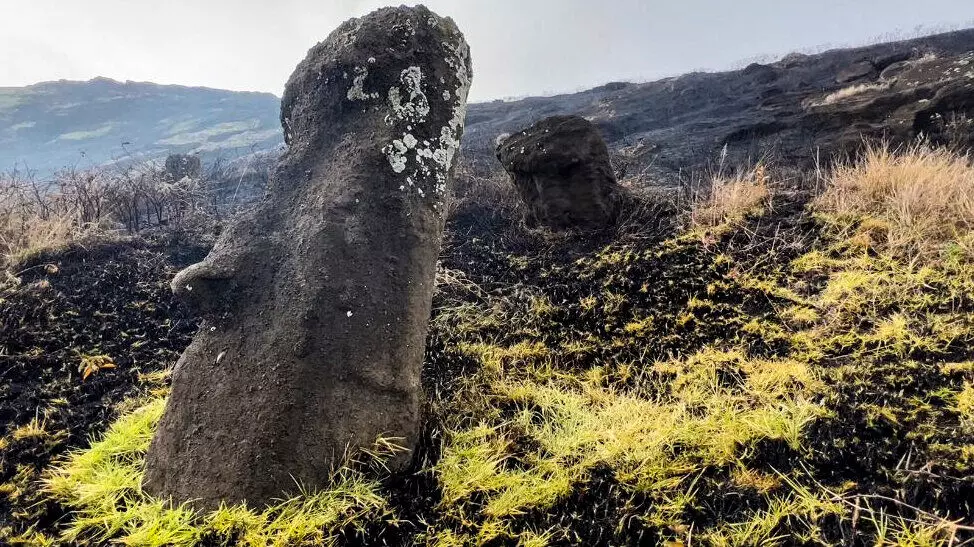
Moai statues in Easter Island destroyed in a fire, Damage irreparable
text_fieldsEaster Island in Chile in the Southeastern Pacific Ocean saw a massive fire that burnt through its landscape. Around 80 of the Moai statues on the east side of the island were harmed. The fire was near Rano Raraku, an extinct volcanic crater.
The island is known for the statues that were a mystery to the outside world for a long time. Later, it was discovered that they were built approximately between 1400 and 1650 A.D. by the Rapa Nui tribe to represent their ancestral chiefs who were believed to be descended directly from the gods. Around 7,750 people still live on the island that is stretched across 63.2 square miles. Easter Island's original inhabitants were Polynesian people before Chile annexed it in 1888. It is now home to a mixed population, most of whom have Polynesian ancestry.
These statues are built using lapilli tuff, a volcanic rock composed of condensed ash, from the crater. The composition makes it prone to damage when exposed to fire. The fire broke out on Monday and affected around 148 acres. The island's Mayor, Pedro Edmunds said the damage cannot be undone. "The cracking of an original and emblematic stone cannot be recovered, no matter how many millions of euros or dollars are put into it," he added.
Ariki Tepano, director of the Ma'u Henua community in charge of the management and maintenance of the park, said the statues are "totally charred" and the effect is visible upon them.
Images captured by the American Space Agency NASA's Landsat 9's Operational Land Imager-2 (OLI-2) show a massive brown stretch of land on the east side of the island as a result of fire, reported Newsweek. Edmundo Edwards, the director of the Rapanui Planetarium Foundation, said the fire was caused by human activity.
He told Newsweek that the island was a sheep ranch in the early 1900s and it was customary to burn dry grass in order to make space for fresh sprouts. This is usually done in June-July when there are heavy winds and just before winter rains. Edwards claimed the origin of the recent fire must be the same practice. However, the custom is now banned and no resident has admitted to doing it.
Easter Island's Rano Raraku volcano is a Unesco World Heritage Site and its economy heavily relies on tourism. It reopened to the rest of the world only three months ago after closing due to the pandemic.























